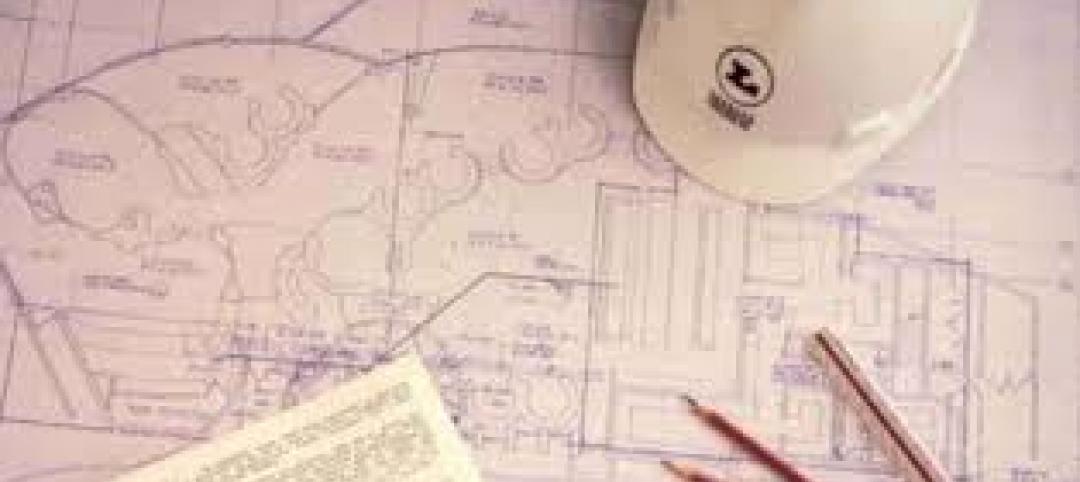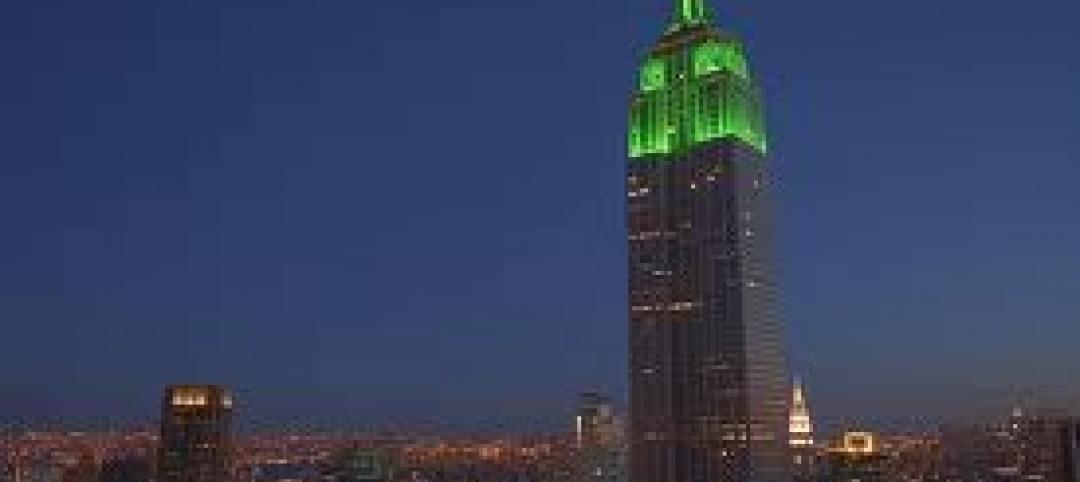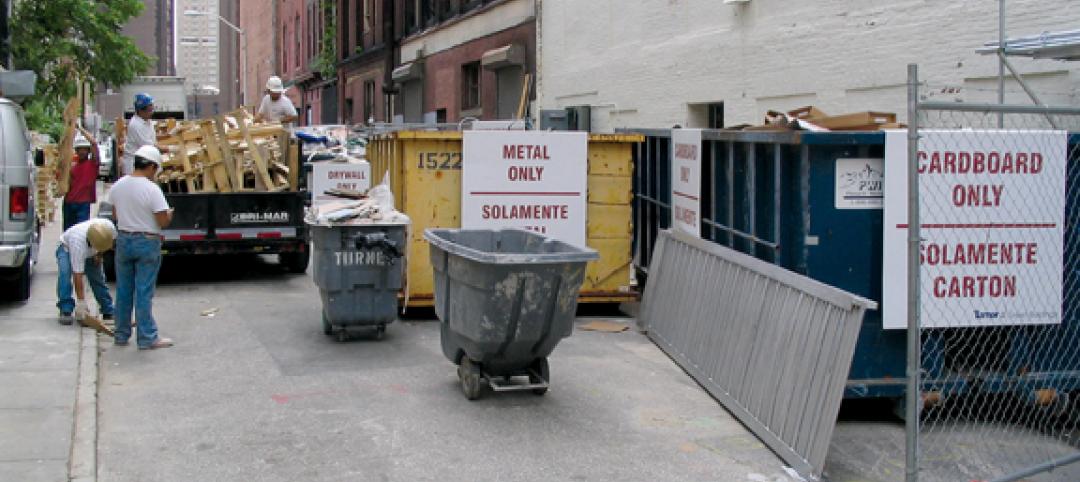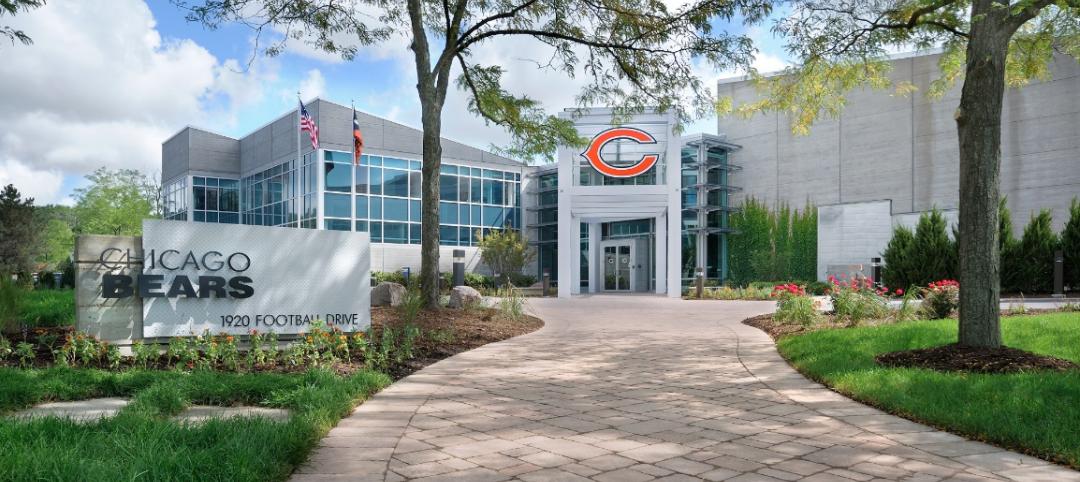More jurisdictions are utilizing the new International Green Construction Code as a tool to address sustainable construction for new and existing buildings. Fort Collins, Colo., and Kayenta Township, Ariz., are the most recent in a series of local and state governments that have adopted the IGCC, according to the International Code Council. These two actions follow earlier adoptions by Richland, Wash. and the state of Rhode Island. Fort Collins is the first jurisdiction in Colorado to adopt the IGCC and Kayenta is the first Native American tribal adoption and the first jurisdiction in Arizona to adopt the IGCC. The Code Council expects several more state and local adoptions of the IGCC within the next few months.
In March, the Fort Collins City Council voted to approve significant extractions from the IGCC and the National Green Building Standard, ICC 700, as part of green building code amendments to the city's building codes, which already includes nine I-Codes. The effective date for the provisions is January 2012.
Kayenta adopted the IGCC Public Version 2.0 on a voluntary basis and the code may be incorporated into the community’s Comprehensive Zoning Ordinance. Kayenta adopted the code with specific requirements related to greenfields, conservation areas, and agricultural land.
“The emergence of green building codes and standards is an important next step to provide communities with the opportunity to build sustainable and safe buildings,” Richard P. Weiland, International Code Council Chief Executive Officer said. “We are pleased to recognize Kayenta Township and the Navajo Nation as the first Native American community in the United States to adopt the International Green Construction Code and Fort Collins for being the first jurisdiction in Colorado to adopt the code."
The IGCC applies to new and existing, traditional and high-performance commercial buildings. It includes ANSI/ASHRAE/USGBC/IES Standard 189.1 as a compliance option. Coordinated with the ICC family of codes, the IGCC is designed to go beyond traditional code requirements for communities that are pursuing safe and sustainable construction.
The IGCC Public Version 2.0 offers a Zero Energy Performance Index (zEPI), requiring buildings to use no more than 51 percent of the energy allowable in the 2000 International Energy Conservation Code.
Examples of provisions in Public Version 2.0 include:
- A 20 percent water savings beyond U.S. federal standards for water closets in residential settings
- New requirements for identification and removal of materials containing asbestos
- Land use regulations including new provisions addressing flood risk, development limitations related to “greenfields,” use of turf grass and minimum landfill diversion requirements
- Clarification of responsibilities from the registered design professional to the owner to prevent potential conflicts with state and local requirements
- Greater consistency with industry standards for air handling systems
The IGCC’s cooperating sponsors are the American Institute of Architects (AIA), ASTM International, the American Society of Heating, Refrigeration and Air Conditioning Engineers (ASHRAE), the U.S. Green Building Council, and the Illuminating Engineering Society (IES).
IGCC will be published in 2012 after code development hearings in May and final hearings in November.
About the International Code Council
The International Code Council, a membership association dedicated to building safety, fire prevention and energy efficiency, develops the codes used to construct residential and commercial buildings, including homes and schools. Most U.S. cities, counties and states choose the International Codes, building safety codes developed by the International Code Council. The International Codes also serve as the basis for construction of federal properties around the world, and as a reference for many nations outside the United States.
Related Stories
| Sep 29, 2011
Kohler supports 2011 Solar Decathlon competition teams
Modular Architecture > In a quest to create the ultimate ‘green’ house, 20 collegiate teams compete in Washington D.C. Mall.
| Sep 28, 2011
GBCI announces LEED fellow class of 2011
LEED Fellows represent green building industry's most accomplished professionals.
| Sep 28, 2011
Opus Group awarded contract for new Church & Dwight Co. headquarters
The campus will include two 125,000-sf Class A, energy-efficient office buildings that will be designed and constructed with sustainable practices and elements.
| Sep 23, 2011
Okanagan College sets sights on Living Buildings Challenge
The Living Building Challenge requires projects to meet a stringent list of qualifications, including net-zero energy and water consumption, and address critical environmental, social and economic factors.
| Sep 23, 2011
Under 40 Leadership Summit
Building Design+Construction’s Under 40 Leadership Summit takes place October 26-28, 2011 Hotel at the Monteleone in New Orleans. Discounted hotel rate deadline: October 2, 2011.
| Sep 19, 2011
Portland team hired as LEED and commissioning consultants for $5.5B downtown sustainable project in Qatar
The $5.5 billion sustainable downtown regeneration project underway by Msheireb Properties will transform a 76 acres site at the centre of Doha, Qatar’s capital city, recreating a way of living that is rooted in Qatari culture, attracting residents back to the city center and reversing the trend for decentralization.
| Sep 14, 2011
Empire State Building achieves LEED Gold ?
The 2.85 million-sf building is celebrating its 80th anniversary while nearing completion of its renewal and repurposing to meet the needs of 21st Century businesses.
| Sep 12, 2011
Construction waste management
Best practices for an environmentally optimized job site.
| Sep 12, 2011
Scan, Deconstruct, Rebuild
How laser scanning helped improve construction schedules, plans, and final designs for a major reconstruction project.
| Sep 12, 2011
PVs play new roles as a teaching tool
Solar installations are helping K-12 schools around the country save money and teach students the intricacies of renewable energy sources.
















